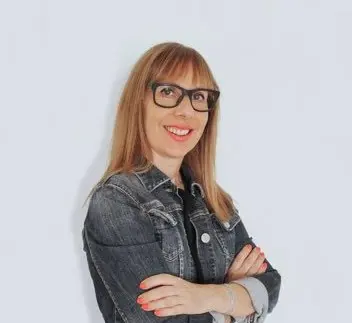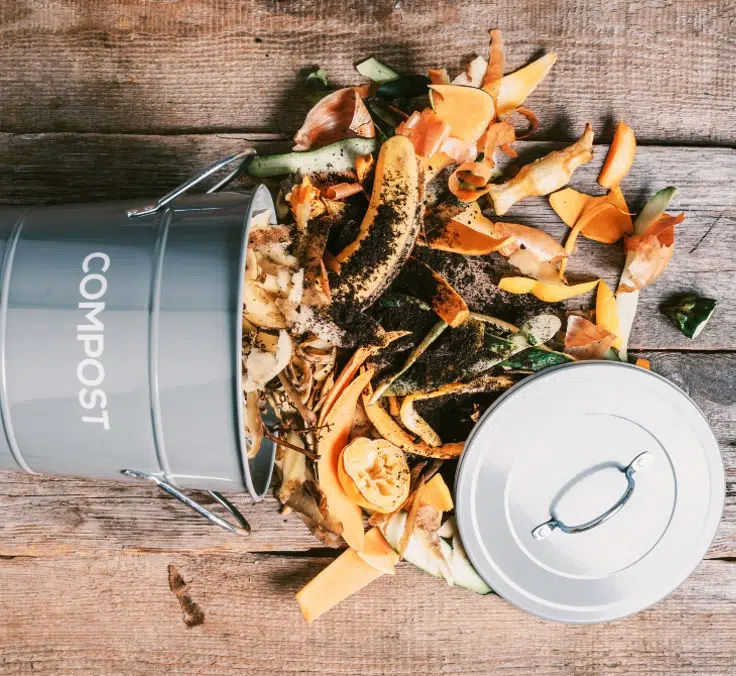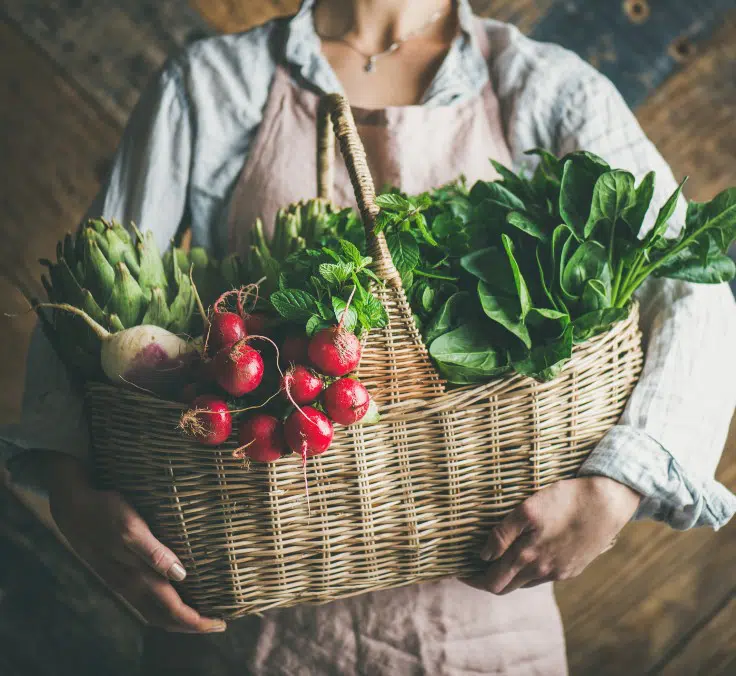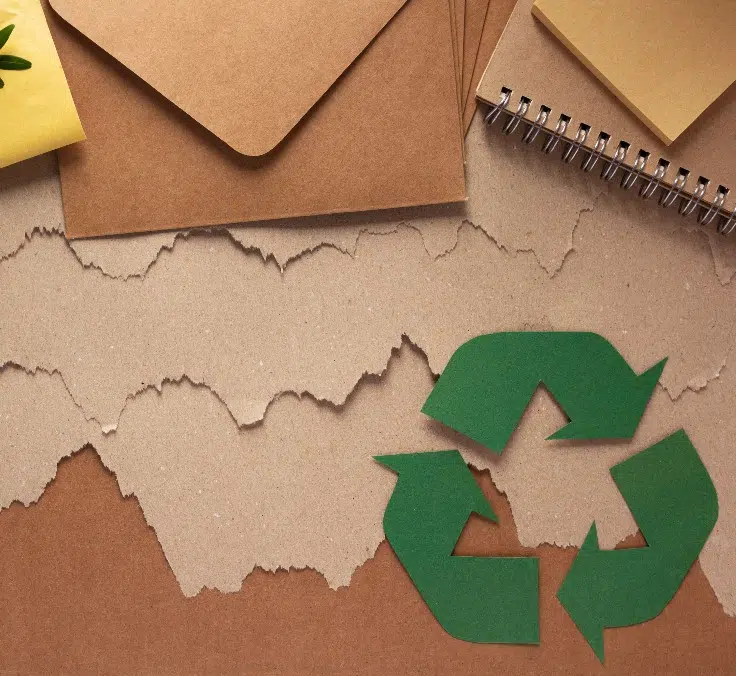SUSTAINABILITY| 10.11.2022
The end of the era of abundance

Neus Martínez
“Disposable” is a concept that has been a part of our lives in recent decades, but now it’s starting to be questioned and disappear. In less than two years, habits that we thought would last forever have seen their foundations rocked. A global pandemic that brought the world to a standstill, an energy crisis, a war and the climate emergency. Are we nearing the end of abundance? Amid this context of change, at MAPFRE, we believe there is an opportunity to take action to build a better, fairer and more prosperous world. MAPFRE aspires to do this by #PlayingOurPart.
This past August, Emmanuel Macron made one of those statements that quickly grabbed headlines: “We are witnessing the end of abundance.” The French president made this remark in the context of the recent events that have taken place in Europe. The persistent effects of the pandemic, the energy crisis, the war in Ukraine, and the shadow cast by inflation on the global economy, impacting every corner of the world.
Limited resources, austerity measures and challenges in the distribution channels are among the situations that call into question the “era of abundance,” clashing with our widespread expectations of availability, speed and convenience when we purchase products and services.
These factors are joined by others that make us question our ways of life and are happening at a steady pace in the field of sustainability. Climate change and its direct and collateral consequences, the shortage of certain raw materials, and many others.
Our planet has never been as interconnected as it is today. This situation of interdependence means that an extreme weather event, such as a drought in one country, can impact the food supply on the other side of the planet. Or that the Ever Given’s blocking of the Suez Canal in 2021 demonstrated the risk of interconnected supply chains.
Carlos Ballesteros García, ICADE professor and director of the Social Impact Chair, recalls how, “in the 70s, you bought a car, a SEAT 600, and wondered what color you would get while you waited two months to pick it up.” In the midst of the COVID-19 pandemic, the exponential increase in demand for computers and other electronics caused a shortage of chips and basic car components. As a result, dealerships in the United States had 72% fewer vehicles in August 2021, compared to the same month of 2019.
This points to “the end of abundance,” a global phenomenon that requires us to rethink our way of producing, consuming and living.
Expanding the useful life of products
This idea (expressed in other formulas) has been a topic of discussion since the early 2000s. But what is clear is that, in just two years, we have experienced—many of us, for the first time—situations in our everyday lives, such as being unable to buy a smartphone due to the microchip shortage, having our orders delayed by logistics and distribution problems, or feeling the pinch if we put the heat on too much.
This trend, which is being picked up by designers and creatives in the business world, is analyzed in the report Fjord Trends 2022 by Accenture. The study points out that, in this new scenario, people can no longer count on the speed and availability of products or services as we envisioned them before. And the time has come to learn from experience, to rethink and propose designs for times of scarcity and to give back to nature part of what it has given us.
Elena García de Alcaraz, Managing Director Service and Experience Design at Accenture Song, explains that it’s time to “analyze what the problems in the supply chains mean for the company and its customers and come up with new business models to extend the useful life of products. Sustainable thinking leads companies towards potential solutions, and creative solutions often come from working with constraints. We have to explain to our teams that innovation doesn’t always equate to novelty.”
The problem can be re-framed as an opportunity to take action. García de Alcaraz believes that this action must involve “defining a sustainability strategy so that the balance with nature (of the company and its customers) is neutral or even positive.”
Under this umbrella, organizations are moving forward on their transformation processes while integrating sustainability into their business strategy and company-wide decision-making, because only this way can change and value beyond profits be generated.
Companies and consumers making a positive impact
“For consumers to embrace the new more sustainable models, it’s important to clearly communicate the benefits to them and help them make the right choice. Consumers are more empowered than ever, but they still lack comprehensive and clear information to help them align their actions with their values,” explains Elena García de Alcaraz.
Changing people’s habits requires re-education to proactively anchor another way of consuming, one that moves them away from the abundance model that has prevailed in recent decades. In this regard, companies must internalize the need to promote solutions that consider the compensation that consumers will receive and create products that, in addition to being sustainable, could be better.
According to Carlos Ballesteros García, professor and director of the ICADE Corporate Social Consultancy and of the Social Impact Chair, “companies play a critical role in leading sustainable competitiveness.” And he highlights the role traditionally played by SMEs: “Family businesses, the small and medium-sized ones, perhaps because they are unable to invest significantly in certain areas, are strongly rooted in their territory and have maintained good practices over time. For example, seeking alternative energy sources, and as agents that generate more close relationships in their spheres of action.”
Companies are already taking steps and forging new paths to maintain their competitiveness while actively committing to the environment and sustainable development. This declaration of intentions is reflected in the B Corp movement in Spain, which in 2021 grew 63% more than in 2020.
B-Corp certification recognizes organizations for meeting high standards of social and environmental performance, responsibility and transparency.
From intention to action
For organizations to strike a balance between profitability and sustainability, it’s important to be open to reflection and consider a change of mentality to unlink innovation from the concept of novelty.
Accenture’s trend analysis, Fjord Trends 2022, suggests that one way to do this is by creating value for customers with new services that extend the life of a product. It’s a way of encouraging consumers not to replace something that works properly with a version that has only received a small upgrade.
Along these lines, Carlos Ballesteros points out that “there are initiatives that have been growing in recent years, and steps are also being taken through legislation and regulation. Collaborative platforms are an example of the evolution of consumer habits. There are many entrepreneurs and start-ups working on projects closely linked to social, and at the same time, there is more emphasis on the value of DIY.” There are also examples like France, which is promoting the “right to repair” to combat planned obsolescence. In the regulatory field, in Spain we have the recent Draft Law on the Prevention of Food Loss and Waste, which aims to take better advantage of foods that are not consumed.”
Meanwhile, large corporations are responding with different approaches.
Apple, repairing instead of replacing. The brand has already launched Self-Service Repair, available to individual users. Customers can access a website to order genuine parts and view tools and manuals to repair their devices. Users are also encouraged to return old parts, which can be recycled.
Ikea, closing the circle with its customers. The Swedish company is committed to extending the life of its products by repurchasing its own furniture. Through the Buy Back and Resell service, it contributes to three of the “Rs”: reduce, reuse and recycle.
Decathlon, economy of use. The company is diversifying its business model and turning towards economy of use with a new rental and subscription service for its items. This e-commerce strategy is another step towards becoming a service platform and materializing its commitment to sustainable business development.
It’s time to act by #PlayingOurPart
We are living through a time of change, the decade of action, and we must respond collectively without delay. At MAPFRE we see it clearly: we call it #PlayingOurPart, a people-oriented idea based on actions, on facts, that represent each of us playing our part, through the thousands of gestures that add up to meet the common objective of protecting our planet and building a better present and future for people.
RELATED ARTICLES:



